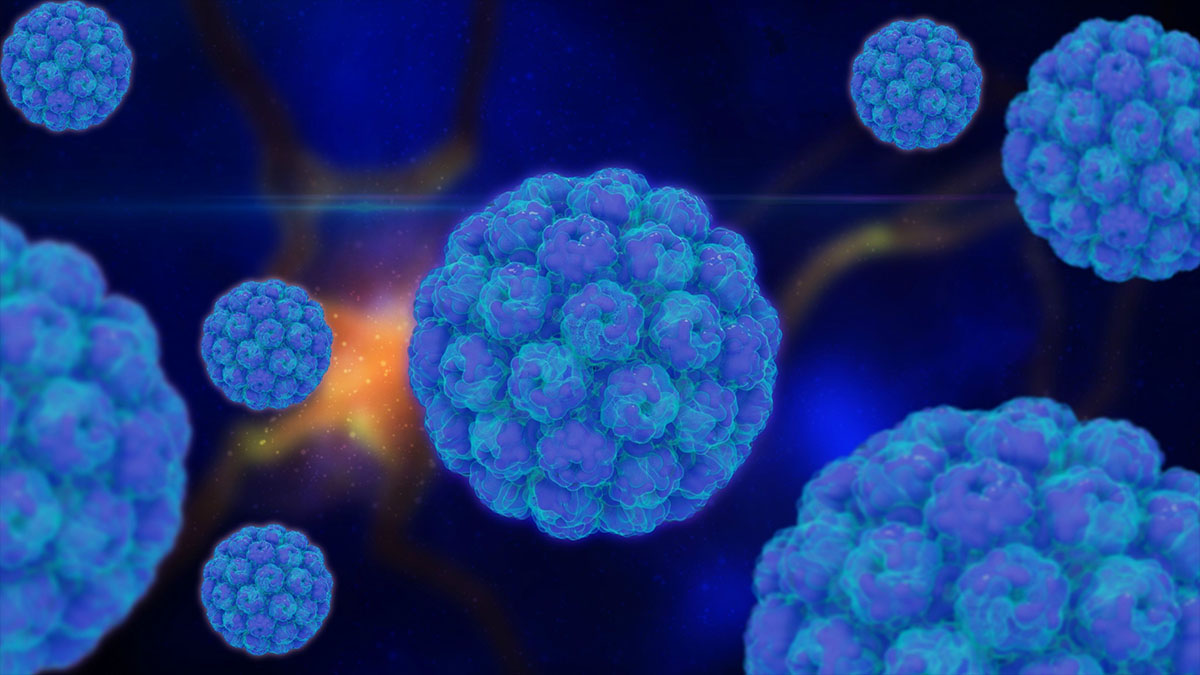hold on to your protons. this could be huge…

As Professor Farnsworth would say, shocking news everyone! A new experiment says that we’ve consistently been overestimating the size of protons by about 3 × 10-14 millimeters, and the physicists who measured this discrepancy by tracking the motions of electrons’ much heavier siblings, are clutching their chests in fear that they might’ve broken a law of physics. To us, who tend to measure the world in meters and kilometers, a tiny fraction of a millimeter might not sound like much until we remember that protons are really small. With a radius of just around a quadrillionth of a meter and a mass so small, it’s measured in electron volts, even the slightest correction to its size makes a notable difference, especially as far as particle physics goes. Smaller protons mean that our calculations of electromagnetic forces on a quantum scale could be off and in need of some serious updating, possibly with some adjustments to the existing equations of the standard model.
But wait a second. Haven’t we been smashing atoms in particle colliders for the past few decades to test the standard model and found it to be quite accurate? Well, yes. But that’s the thing about scientists. They always want to keep testing. And in this case, a team of physicists wanted to hone in on the exact size of protons with an interesting experiment which involves muons orbiting around them and measuring the muon’s energy as they swarmed around in an approximation of a hydrogen atom. We’ve encountered energy levels of electrons in atoms before when we talked about the tweak to the Lyman α surveys which failed to find some 90% of a vast spider web of galaxies astronomers expected to see in the night sky. Looking just one level up at the Hα line seems to have solved the whole problem. Likewise, when trying to measure the size of tiny particles, the energy levels of electron clouds, which depend on the size of the particles they orbit, can tell us just how big a subatomic particle might be. That’s why this experiment used muons. Muons are identical to electrons except for their mass. Being some 200 times heavier, they’re more sensitive to the proton’s magnetic fields than their smaller and lighter cousins. And according to the muon’s behavior, protons are 4% smaller than expected.
How do we reconcile a 4% error with hugely successful particle collider experiments show that the standard model should have a pretty good handle on certain basics like the near exact sizes and masses of fermions? The researchers aren’t rushing to claim that they’ve shown a problem in particle physics just yet. Instead, they believe they might be wrong in their calculations and measurements, or there’s something else at play when protons are orbited by clouds of muons rather than electrons. Of course the ultimate thrill would be to find that the standard model of particle physics is incomplete and rather than being the precursor to fully solidifying the work of particle physicists and slowing their research projects to a crawl after once again confirming what the model could predict, colliders might be used for new and intriguing insights into the world of elementary and subatomic particles. But that will only happen if physics could show that subatomic particles really don’t seem to match the equations or our previous measurements. It may be that the proton experiment is an odd fluke or a result of errors in measurement on a scale at which the slightest imprecision can invalidate your work, but it could be more interesting if there’s nothing wrong with the data and physicists have a chance to further refine their ideas of how the quantum world works with new experiments and better, more precise tools.
See: Randolf Pohl, et al. (2010). The size of the proton Nature, 466, 213–216 : 10.1038/nature09250





